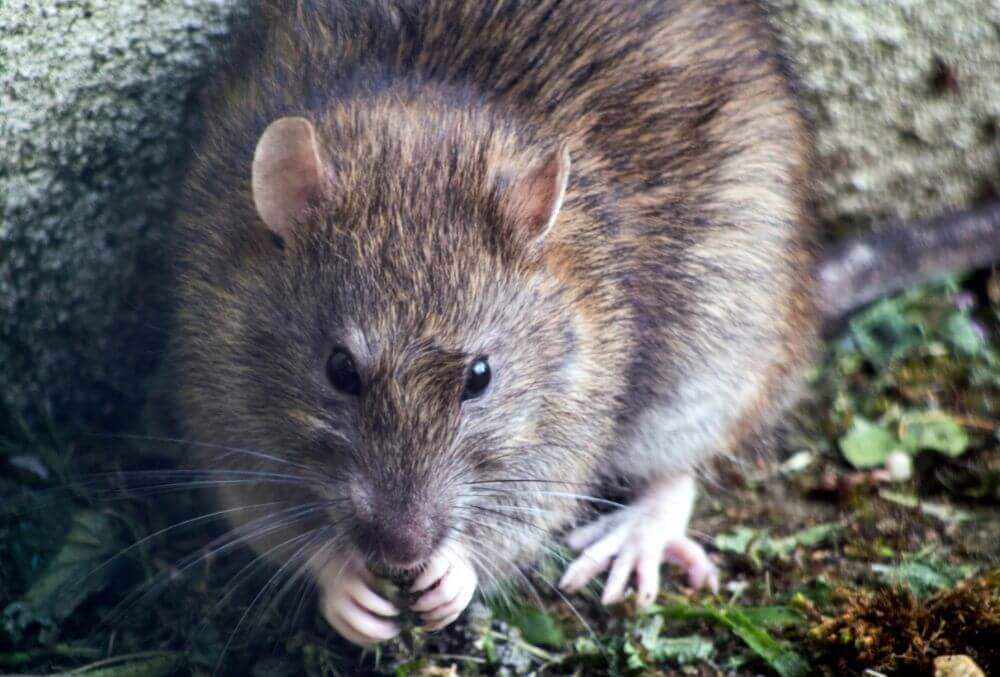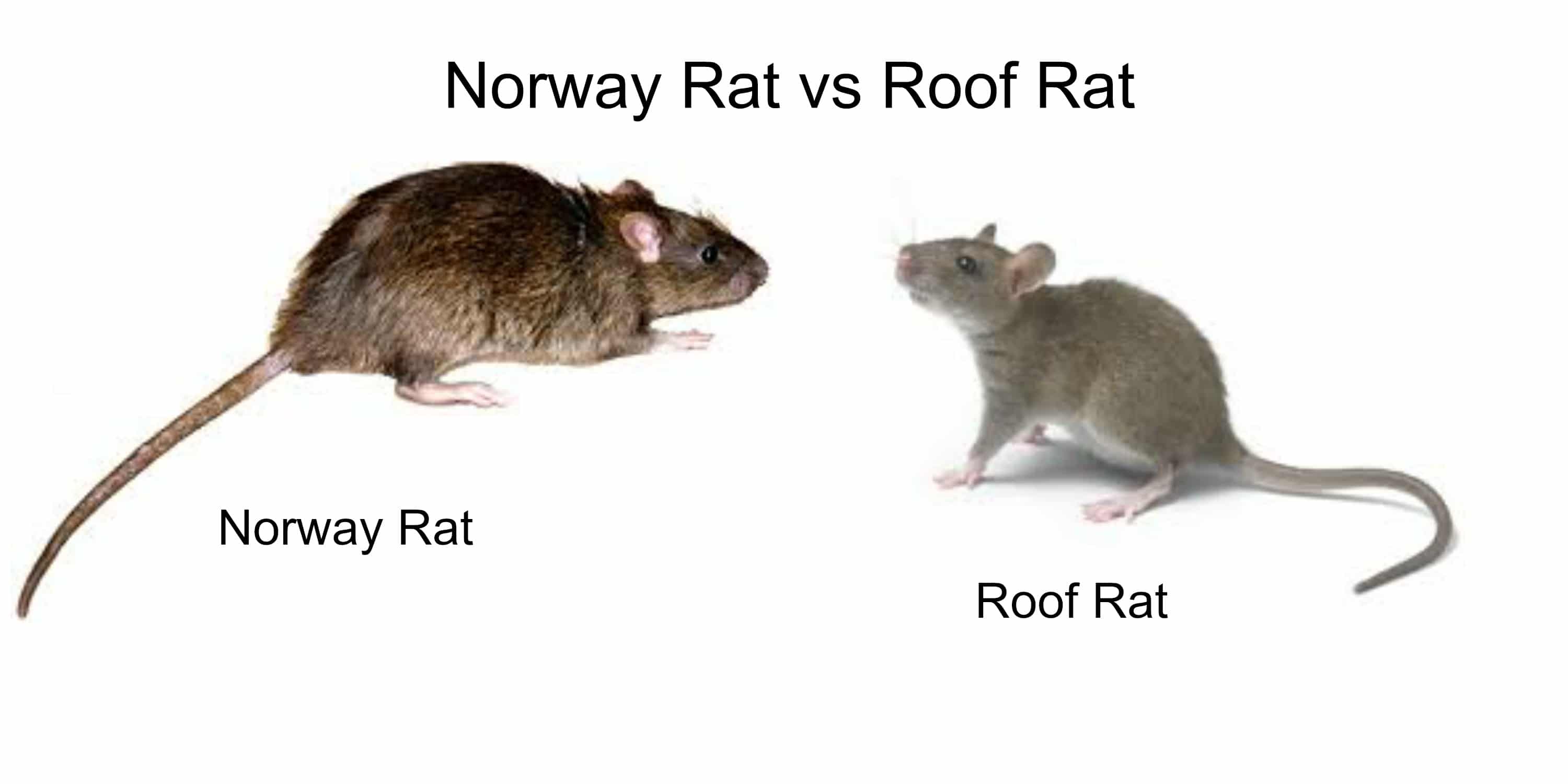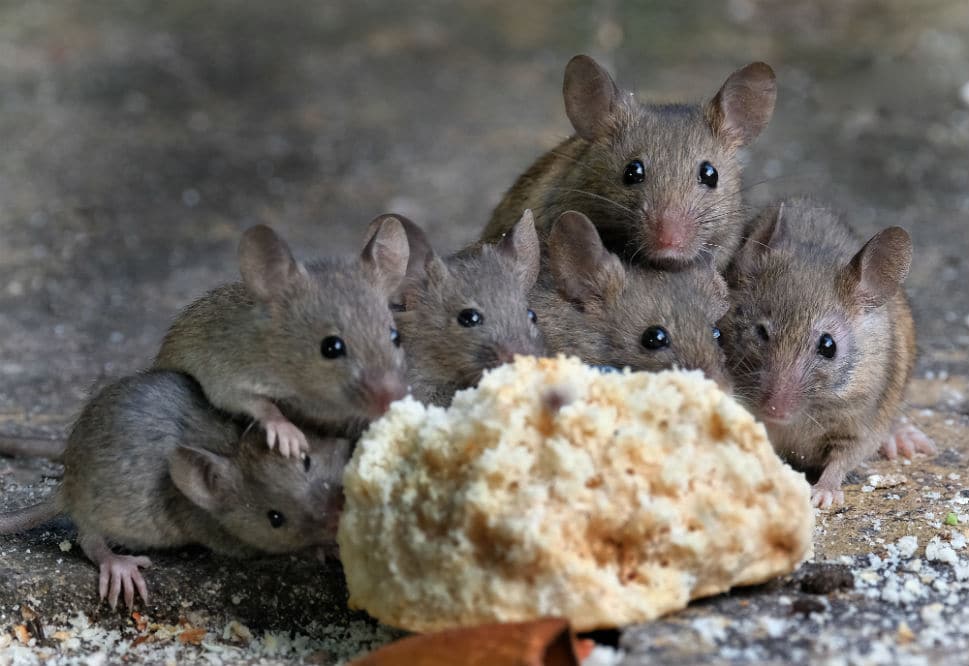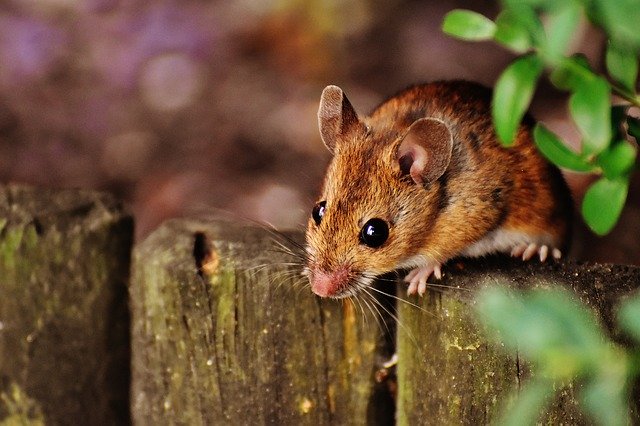Table of Contents
The ultimate size of a rat depends upon what type of rat it is and the available food supply. The largest rat that I have seen credible documentation on was a four-foot monster that weighed about 25 pounds.
The three most common types of rats are Woodrats, Norway and Roof Rats. While both of these rats can become quite large they are not the ones that can become 25-pound monsters.
Here is a quick video look at some of the biggest rats ever captured!
Although these are African rats their population is spreading as people are importing them as pets. In typical fashion, these rodents will either escape or, once the owners realize that owning a monster rat is a bad idea, will be released.
There is currently a colony of Gambian Pouch Rats living in Florida whose population and progress are being closely monitored as an invasive species.
The four-foot, 25-pound monster rat mentioned earlier in this article was found on a playground in the UK. This is a controversial rat. Some people claim it was a Gambian Pouch rat that had been raised as a pet and then released into the wild. Some people doubt the size of the rat and suspect the picture was camera trickery.
Size of Giant Asian Rats
The true largest rats in the world are found on remote islands in Asia where they have evolved to giant size in the presence of plenty of food, warmth, and isolation.
Given the remote locations and difficulty of study an exact “world’s largest rat” has not been precisely determined. Here are some of the contenders for the title as described by the BBC and how they stack up against the Gambian Pouched Rat.
World’s Largest Rats
- Gambian Pouched Rat: 3 feet long, 3 pounds
- Northern Luzon Cloud Rat: 2.5 feet long, 5.7 pounds
- Bosavi Woolly Rat: 2.7 feet long, 3.3 pounds
- Sumatran Bamboo Rat: 1.6 feet long, 8.8 pounds
Other Frequently Asked Questions About Giant Rats
Do Rats Ever Stop Growing?
The good news is, adult rats do have a limit to how long they can get. However, if they have a steady and abundant food source, they will grow larger in weight, so it is safe to say that the rats’ environment have something to do with how much do rats weigh and grow. The really bad news is that a rat’s teeth don’t ever stop growing.
They counteract their rapid tooth growth by chewing on hard objects and food to wear them down. Without this constant chewing, rats’ teeth will overgrow and kill them from the inside out.
Do Rats Live in Groups?
Yes, rats, especially Norway rats, can live in colonies or groups of up to 5 or more rats. Norway rat colonies favor residing at the ground level where trees, bushes, flowers, gardens, ponds, orchards, near trash, farms, and below building foundations. You’ll find them digging holes deep into the ground. These holes lead to burrows or tunnels that vary in length, with chambers that also vary in size. These chambers house a mix of adult, young, and newborn or pup rats.
How Many Pups or Litters Can a Rat Produce?
Female adult Roof rats can give birth to 5 to 8 pup rats for every litter they have. They can birth up to 5 litters a year.
Female adult Norway rats can birth a litter of 6 to 12 pup Norway rats. They are able to have up to 6 litters a year.
How Can I Prevent Rats From Growing Out of Control?

You Can Remove Their Food Sources
Store your food, as well as pet food, in storage containers that won’t easily get bitten into. Cardboard and feed bags are easy for rats to chew through.
Clean Up Any messes
If your yard, garden, home, or business has things laying around, rats will love it. Rats will build a home out of materials that are found wherever they can get to. Norway rats love to make homes and burrow beneath piles of leaves, compost, garbage, and anything else. If you’re a business owner that has a stock of food supplies, put your food on a stack of pallets that are away from the floor.
Dry Up or Fix Water Leaks
If you have a leaky water hose, birdbath, or a leaky pipe beneath the house, rats will drink from it. If you or your child drink from the hose in hot weather, think twice before doing it again.
Keep Your Trees, Shrubs, Bushes, and Crops Maintained
Overgrowth will give rats a jumping board, home, and travel way to keep searching for food and supplies.
Close Off Access to Pipes and Trees
Purchase products that can be used to prevent rats from being able to reach and climb onto pipes and trees. These include metal tree trunk rat stoppers and pipe guards. Without intervention, rats will use these as a means of travel and escape.
Hire An Exterminator
There are professionals rat exterminators who know how to handle the species of rat you have and know which areas are susceptible to rat holes and tunnels. Experts like the Rat Relief Headquarters will do all the hard work for you, including killing filthy rats.





